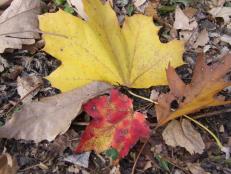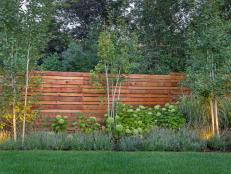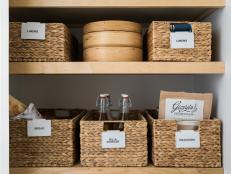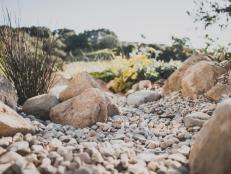The Best Use of Your Landscaping Dollars
Save money with on your next outdoor project with these tips.
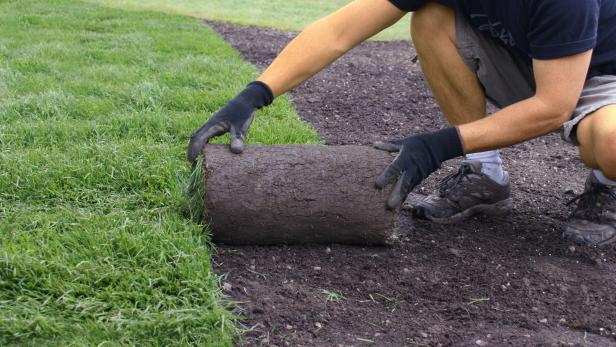
Dollarphotoclub/Horticulture
Most of us have had that bad feeling that we just threw money away. You can avoid that experience while gardening or landscaping. Before you begin your next outdoor project, take a few cost control measures that will ensure you get what you pay for, if not more. Start this process before the work begins, and continue the mindset until the job is complete. The money you save might just buy that special something you’ve been wanting.
Plan Ahead
Plan the project and work within the plan. The plan should include both the desired outcome and the budget. Do the research to make sure that the project will be close to the allotted budget; if not, then re-evaluate both sides before proceeding. It is easy to become distracted and overspend when you are in a nursery full of beautiful plants and garden art. Create lists and stay focused while shopping. The planning process helps you to think through details upfront, rather than reacting to them in the middle of the project. Ask yourself “what could go wrong” and plan for that possibility. It is best to have a vision for the entire landscape before beginning, that way you have a rough idea how each part will interact with other components; which can help you avoid double work and buying things that will later create obstacles. Take measurements, calculate volumes required for mulch, soil, sod, etc. Guessing on these things almost always ensures you will get it wrong and increase costs in the long run in the forms of travel and time wasted, extra delivery charges, missing out on bulk pricing, etc.
Prioritize your work within the overall plan. What is the immediate need (curb appeal, shade, privacy, drainage, erosion control)? Is there a part that all other parts require? What will give the greatest impact? When everything else is equal, hardscapes (drainage, irrigation, lighting, patios and walls, etc.) should be installed first, followed by trees and shrubs, perennials, sod and lastly annuals. Working in this order helps ensure that nothing has to be pulled out and redone.
Watch for Deals
The sales at garden centers and box stores are driven by what’s coming into season and clearance pricing is based on what’s going out of season. If time allows, plan projects around this seasonality to get good deals. Never buy diseased or bug-infested plants, as they can infect the rest of your landscape. A cheap plant can become a costly problem. There may be options for free stuff that will work for your project. Gardeners love to share perennials and bulbs, especially with new gardeners. Tree service companies often have more wood chips than they can easily dispose of. Household recyclables can be repurposed for gardening projects. You are only limited by your own creativity and your willingness to ask for help.
Be Thrifty Not Cheap
Don’t skimp! It is better to buy fewer plants and give them what they need to thrive, rather than buying lots of plants and “starve” them. To thrive, plants need good soil with proper drainage, the right amount of water on a consistent basis, protection from weed encroachment, bugs and diseases. Many are simple, some are far needier. Read plant labels and talk to nursery professionals to understand the requirements for your particular selections. Tool purchases should be viewed as investments. Cheap, poor quality tools can be far more costly in the long run if they need to be replaced multiple times. On the other hand, buying the top of the line is probably excessive spending for most weekend DIYers. Look for good quality with value pricing. For single use (or seldom used) tools, consider renting or borrowing instead of buying. In some cases, purchasing used tools may be a good option as well.
The Big Picture
Cost controls should be an integral part of any construction project, and landscaping and gardening projects are no different. By adding this dimension of thought and planning to the creative aspects that often come more spontaneously, you will enjoy the peace of mind that comes with (less) money well spent.








